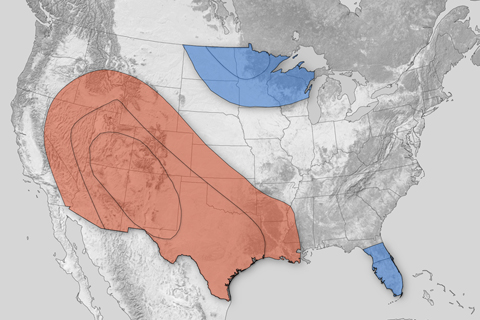
Yes, there are, but the only new process on Earth that has been identified that can account for the significant tipping of Earth's carbon balance is human activity, including deforestation, biomass burning, cement production, and—especially—fossil-fuel emissions.







